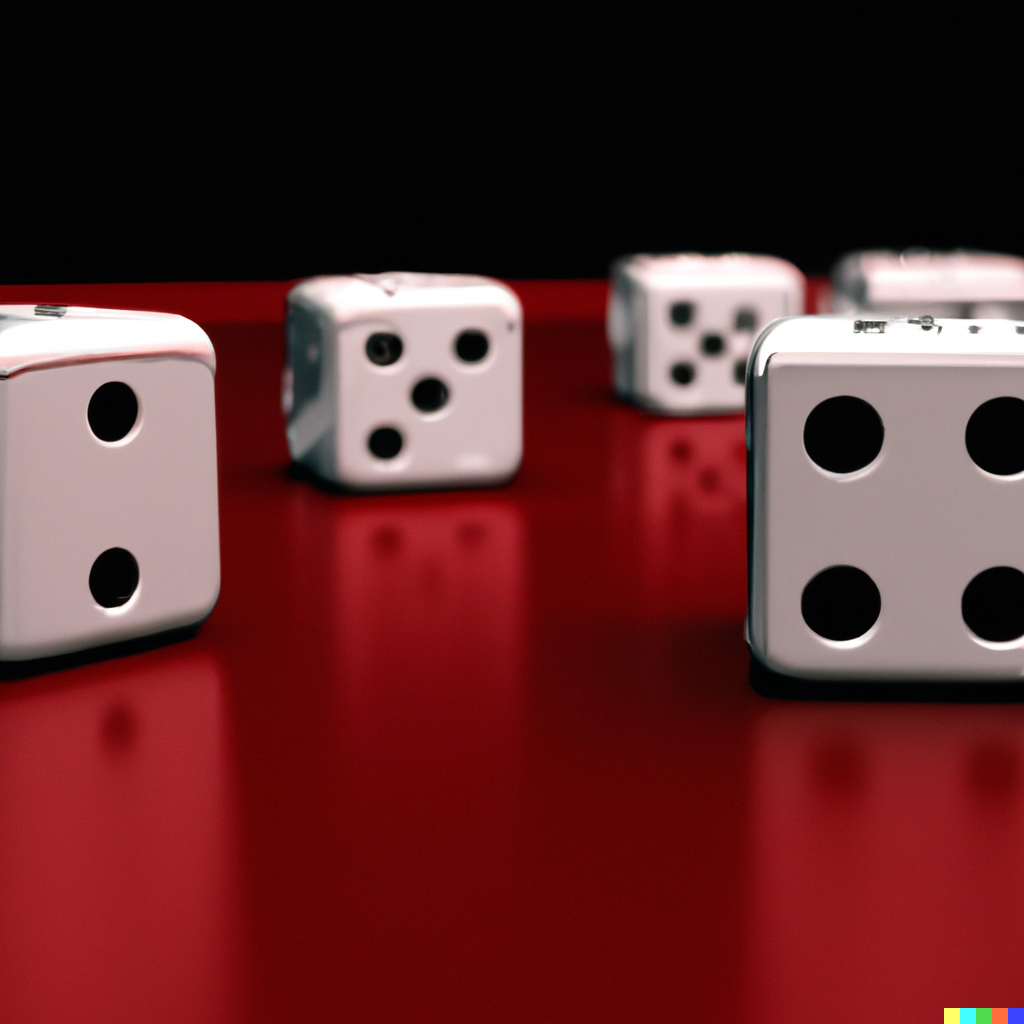Trademark law is a very complex and nuanced area of law, but the most difficult thing about trademarks is that it is very subjective. There are no algorithms or formulas that can definitively determine whether a trademark is sufficiently distinctive, or whether there exists a likelihood of confusion between two marks. Although there are rules guiding this decision-making, in the end, the assessment is always very subjective.
Says who?
Who’s to say whether marks XYZ and XVZ are confusingly similar? Who’s to say whether “Tundra” is geographically descriptive, designating a place from where products originate? Or is it just suggestive of the nature of products (for example, suggesting the warmth of a winter jacket)? There is always a person or a group of persons whose opinion that it. Often, it is difficult to know what the correct answer is because there is no “correct” answer.
A couple of years ago, we filed a trademark application for a client. The application was refused on the grounds that it was descriptive of the products (in our opinion, it was not). About a year later, we filed exactly the same trademark for the same products. This time the application was examined and accepted without any hiccups in just 16 days. Here’s another example. According to EUIPO, “Helsinki” (capital of Finland) is a geographically descriptive term for clothing, but “Stockholm” (capital of Sweden) is not.
EU trademark law is particularly difficult to predict
Assessing trademark matters is particularly difficult at the EU level. Whether it is distinctiveness or the likelihood of confusion, this is assessed from the point of view of an average consumer. The EU is comprised of 27 countries, each with its own language, culture, and heritage. Not only is it difficult to know what an average European consumer would think of something, but also the persons who assess this question come from over 20 different countries (again, each with their own unique language, culture, and heritage). For example, whether a trademark is “accepted principles of morality” and therefore not registrable depends very much on whether the person making the assessment comes from the Catholic South or Protestant North.
It is easy to say when a trademark is clearly distinctive or clearly non-distinctive. However, a great majority of trademarks fall somewhere in between. The same applies to conflicts between two marks.
It’s not about lack of rules
Even the best legal assessment is often a calculation of probabilities. All of this does not mean that the decisions are arbitrary. There are a lot of legal rules and precedents that guide the decision-making. The European Court of Justice has given hundreds of trademark decisions, and the EUIPO’s Practice Manual contains nearly 2000 pages explaining how a given situation should be decided.
Here are some examples that determine how an “average consumer” thinks of trademarks and the likelihood of confusion, according to the “rules”:
- First, She is reasonably observant and circumspect
- She does not get a chance to compare the marks side by side but relies on an imperfect recollection
- She places more emphasis on the dominant elements of the mark
- She puts more emphasis on the beginning of the mark than on the end
- She perceives the mark as a whole and does not analyse its various details
- She will, however, break the mark down into elements that suggest a specific meaning or that resemble words she knows
These are just some examples of the rules that govern the decision-making. It is not the lack of rules that is the problem. The problem is that at the end of the day, it is always a human judgment that has to be made.
Of course, it would be possible to make some aspects of trademark law more certain. For example, it would be possible to make a definitive list of all goods and services assessed against every other goods and or service. Using EUIPO’s database of goods and services (TmClass), this list would contain approximately 7.6 billion pairs, be approximately 160 million pages long, and if printed, be about 16 meters tall.
These kinds of rules would bring more certainty, but would it be possible to contemplate every possible scenario and have a fair off-the-shelf solution to it? Probably not. Many of the current rules are very detailed and specific, but in the end, there is always room for discretion and individual judgment.
Conclusion
As the above examples show, it is often difficult to predict how a particular case is decided. Sometimes seemingly identical cases are decided differently. This is also why your trademark attorney occasionally gets things wrong. It is not their incompetence or lack of knowledge (although, it could be that, too).
See also
How is your EU trademark examined?
EU trademark distinctiveness – what languages should you consider



